Summary
- Decide if the blob is an enemy or hazard – it can be a sea of goo or a creature, offering different experiences.
- Lure players with items lost in the goop within the blob – adds intrigue and complexity to encounters.
- Use engulf as the main attack method – keep the blob constantly moving and plan uses of Restraining Glob.
Among the many creatures you can find in Dungeons & Dragons, few will trigger a deep primal fear like the blob of annihilation can. The mightiest ooze from the 2024 Monster Manual has a challenge rating of 23 for a reason, since only the most legendary of heroes should face it.
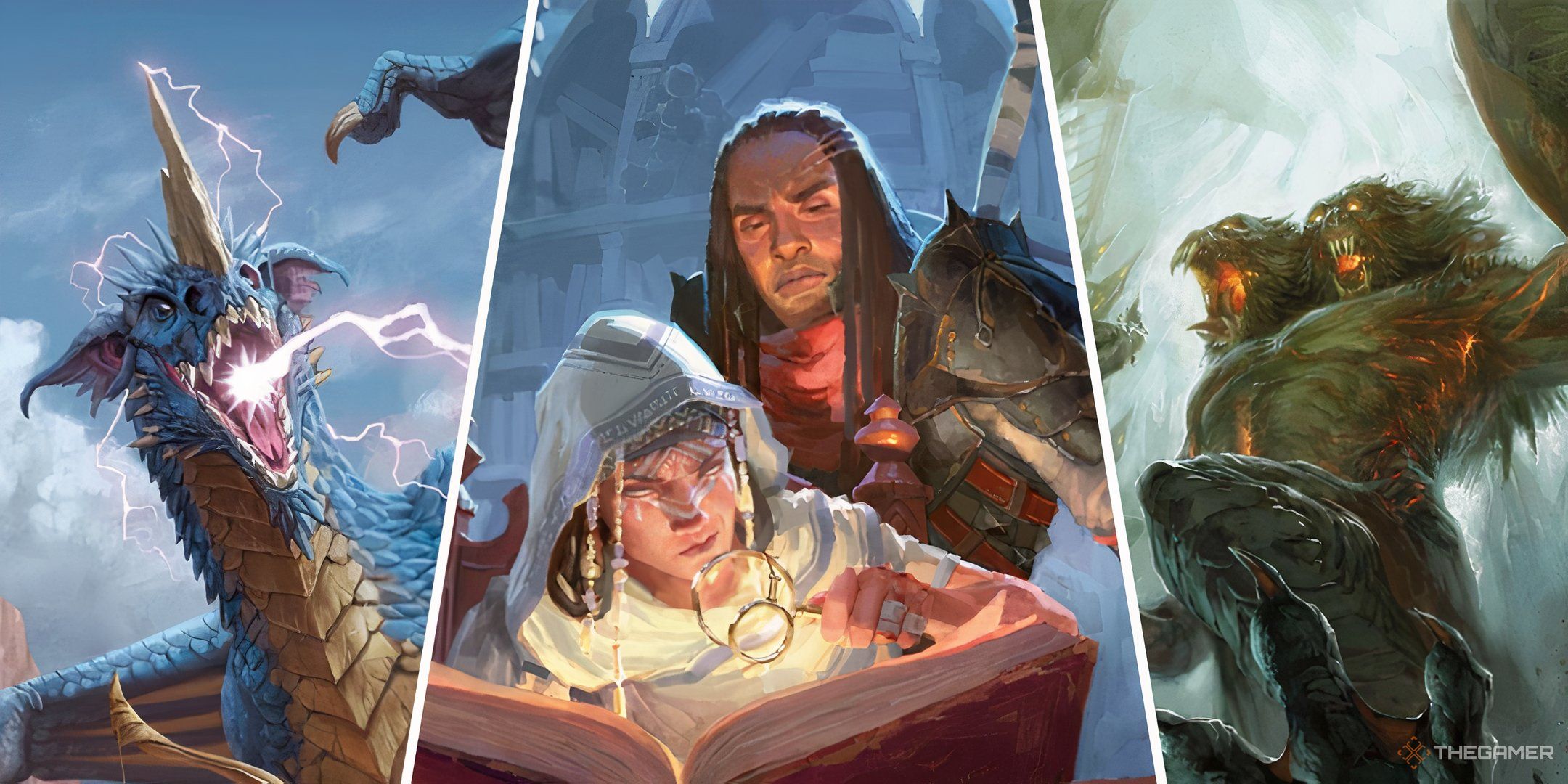
Related
Dungeons & Dragons: The 20 Best Adventures For Low-Level Parties
These adventures are perfect for low-level D&D parties.
However, its deceptively simple stat block might make you just throw it at your players and call it a day, but there is a lot to consider when using such a monster. The terrain, the items found within, even its behavior should be considered if you want to make the blob as fearsome as it can be.
7
Decide If The Blob Is An Enemy Or A Hazard
No Need For A Full Fight
The blob’s abilities are its most interesting part, and the way it functions can have it being a creature or just a sea of goo. If the players are navigating an area like the Para-Elemental Plane of Ooze, you could have the seas of that place behave just like the blob, catching anyone unprotected and dissolving them in their depths.
This would give players a taste of what facing the blob is like without a fight, working perfectly as an introduction to the creature or just a novel hazard. This can work with the blob as well, where the creature is just passing by and ignores the players, who are just trying to get past it.
6
Lure Players With Items Lost In The Goop
There Is Even A Table For That
Often, the correct answer when dealing with the blob of annihilation is to run away, although that makes for a dull end to a campaign. The official lore of the blob describes how many legendary items end up lost within it, like the corpses of empyreans or even a Deck of Many Things.
Since many stories are solved by using a specific artifact, said item could be waiting to be reclaimed from the insides of the blob, forcing the players to face the creature. This can open the way for inventive solutions, like the fighter getting engulfed on purpose to retrieve something, as the barbarian tries to pull them out afterward.
5
Use Engulf As The Main Attack Method
Everything Else Works In Tandem With It
Your main focus when using the blob in combat is to engulf the players, which means moving towards them and occupying their space. While the blob can also deal some damage with melee attacks, its main offensive option is engulfing, so keep the blob constantly on the move.
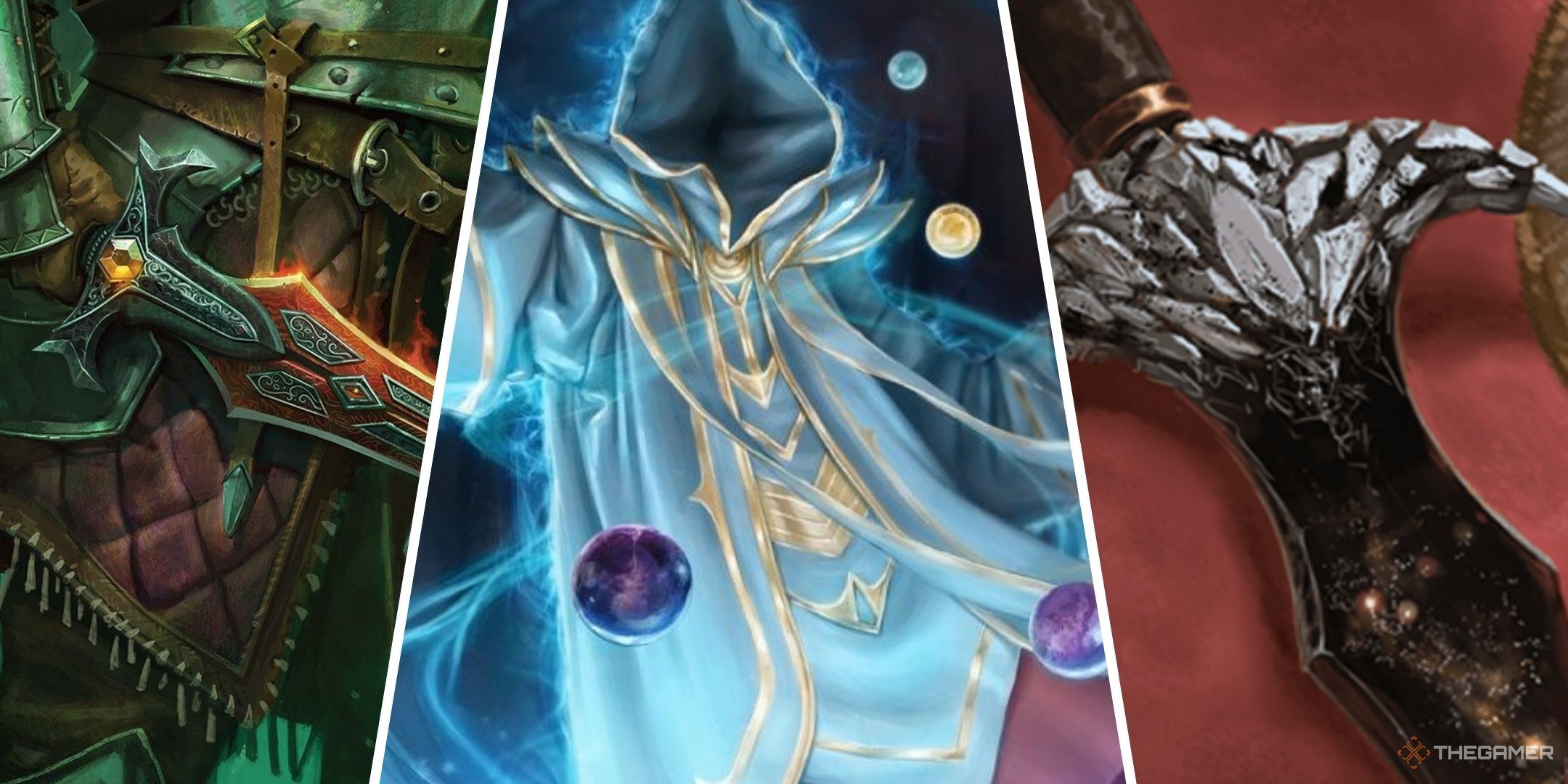
Related
Dungeons & Dragons: 20 Best Legendary Magic Items
These legendary magic items certainly live up to their title.
Plan your uses of Restraining Glob around your ability to engulf them; never move before using Restraining Glob. You can also restrain players as a legendary action, but you should only aim for players whose turn has already passed, otherwise they can Misty Step away from your reach.
4
Use The Range Of Restraining Glob
600 Feet Is A Long Distance
Players will do their best to get away from the blob, as they should, particularly spellcasters or characters that rely on ranged damage. That would normally be enough to counter the slow moving blob, if it wasn’t for Restraining Glob, an ability the blob can use on its turn and once per round as a legendary action.
The blob of annihilation is slow when compared to its size, since 30 feet of movement isn’t much for a gargantuan creature.
Restraining Glob has an impressive range of 600 feet, and if the target fails the Dexterity saving throw, they are restrained until the end of their next turn. Not only that, but they are also pulled 60 feet towards the blob, which can be deadly if the character was atop a tower or flying with the aid of a mount.
3
Make The Terrain Interesting
Characters Should Be Moving All Around
With the blob of annihilation constantly approaching the characters, they should be constantly on the move. However, a simple flat terrain would make their positioning rather uninteresting; they would just move their max speed in a straight line away, and not do much beyond that.
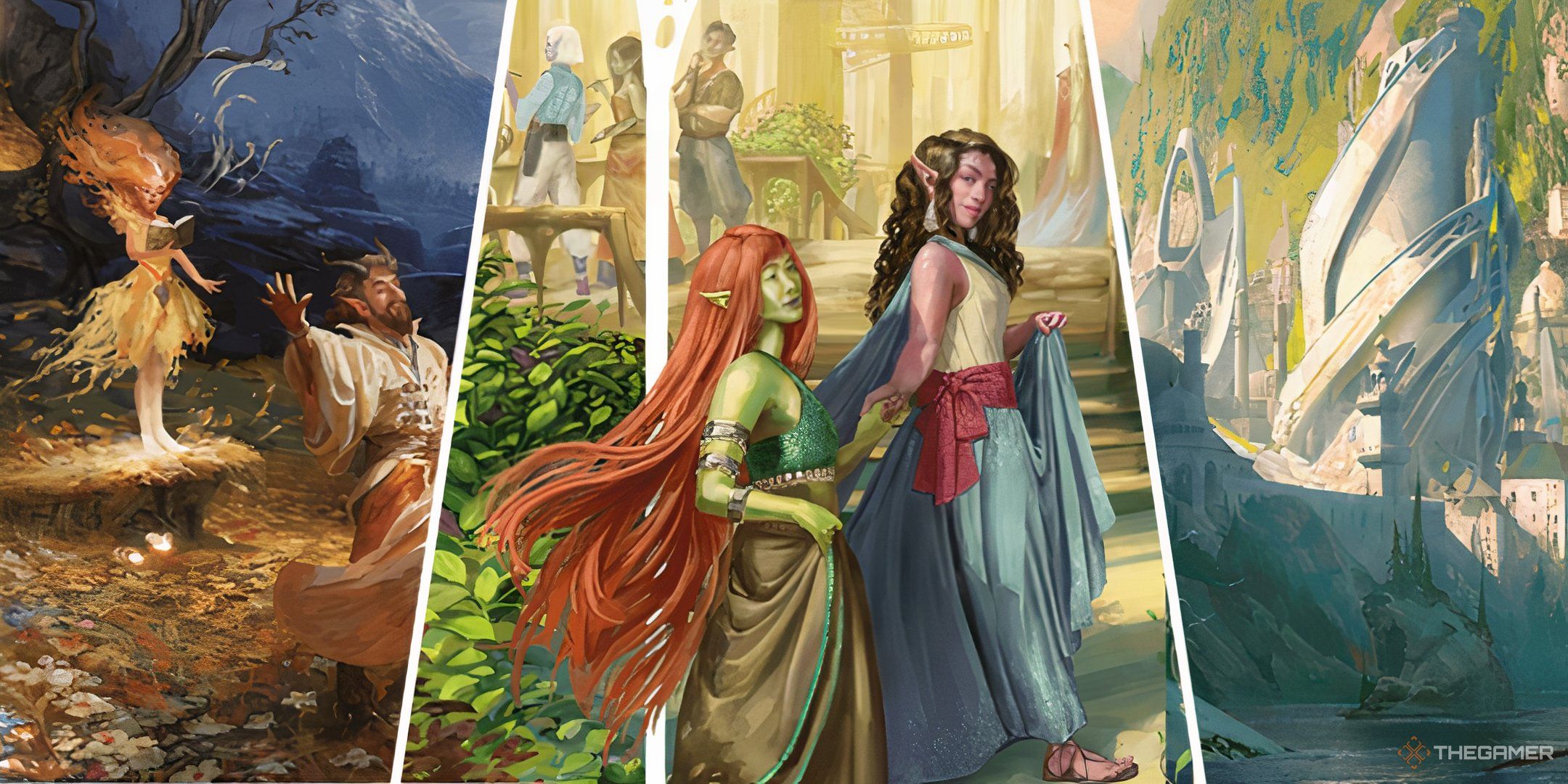
Related
Dungeons & Dragons: The Types Of Elves Explained
Elves come in many shapes and forms in D&D. Check out your favorite ones.
Of course, high level players will have their own ways of affecting terrain, but you should have elements already implemented by design. Have the players traverse crumbling towers, collapsing bridges and all sorts of obstacles to combat their impending doom.
2
Have The Blob Reduce In Size As It Loses Health
Visual Aid Goes A Long Way
Describing a bloodied blob of annihilation is the same as describing a full health one: it’s a big ooze that wants to kill you. A good visual aid for players to understand how far along they are in the fight is to have the ooze become smaller and smaller as it loses hit points, until it is clear that it is on its ‘last legs.’
However, there is no need for the blob to stop being gargantuan; after all, the gargantuan classification specifies a size floor, not a ceiling. The blob might be the size of a city when the players start fighting it, and every 50 hit points lost it would become smaller until, at 50 hit points left, it would only be 20 by 20 feet in size.
1
Use Astral Implosion For A Dramatic Finish
It Can Even Have Narrative Consequences
Players aren’t likely to know or remember what happens when a blob of annihilation dies, but you should know that it doesn’t just disappear. It implodes, leaving a considerable mess behind it 600 feet in every direction, although the main takeaway is what happens with anything engulfed by it.
You see, they don’t just get released: they are ejected into the Astral Sea, no matter on what Plane you were fighting the blob on. So, if the poor fighter was still inside the blob when the final blow was dealt, the party now needs to embark on a new quest to find their lost companion.
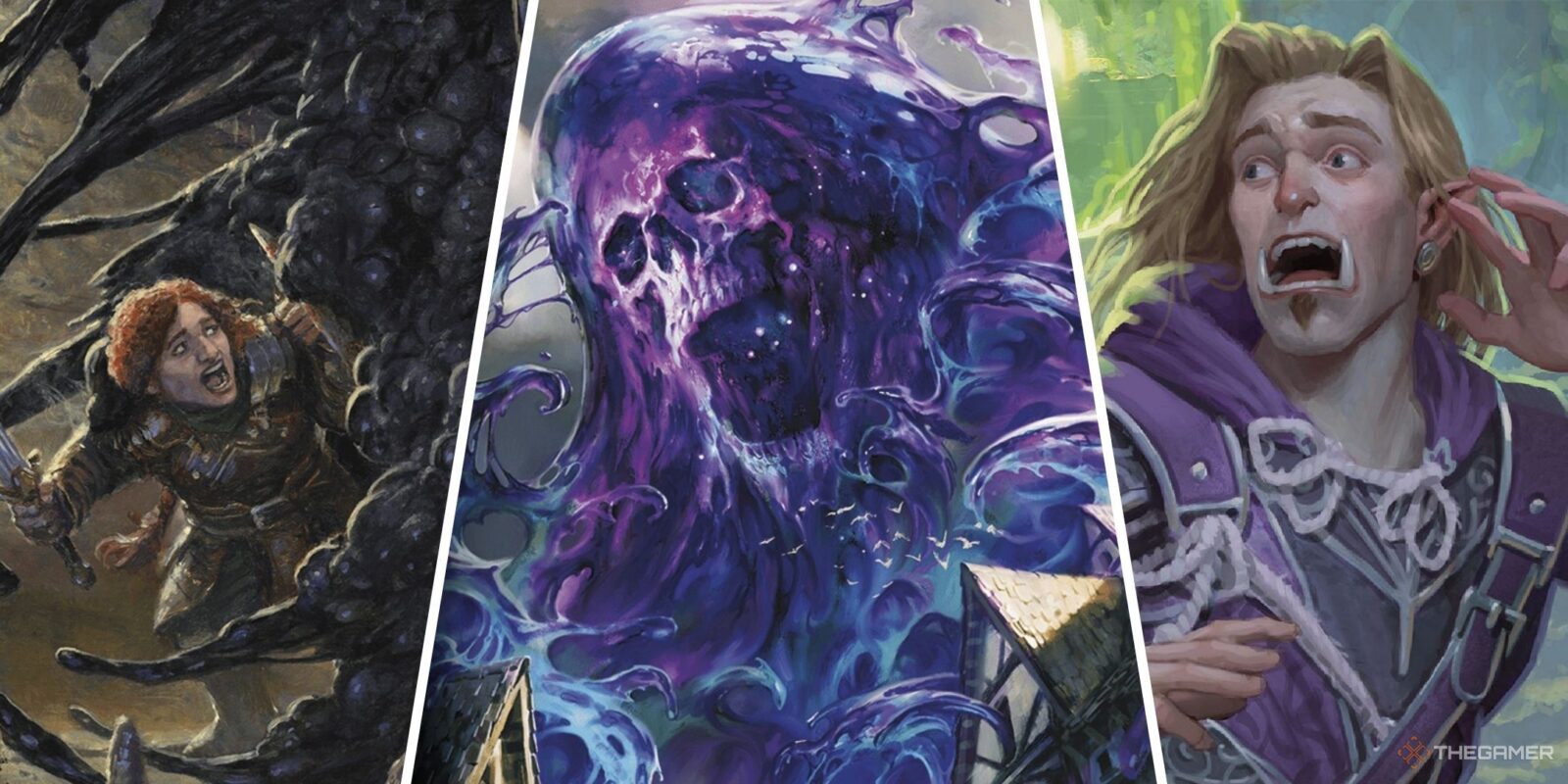
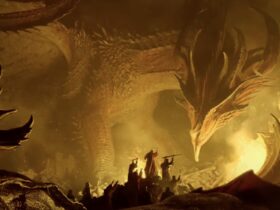
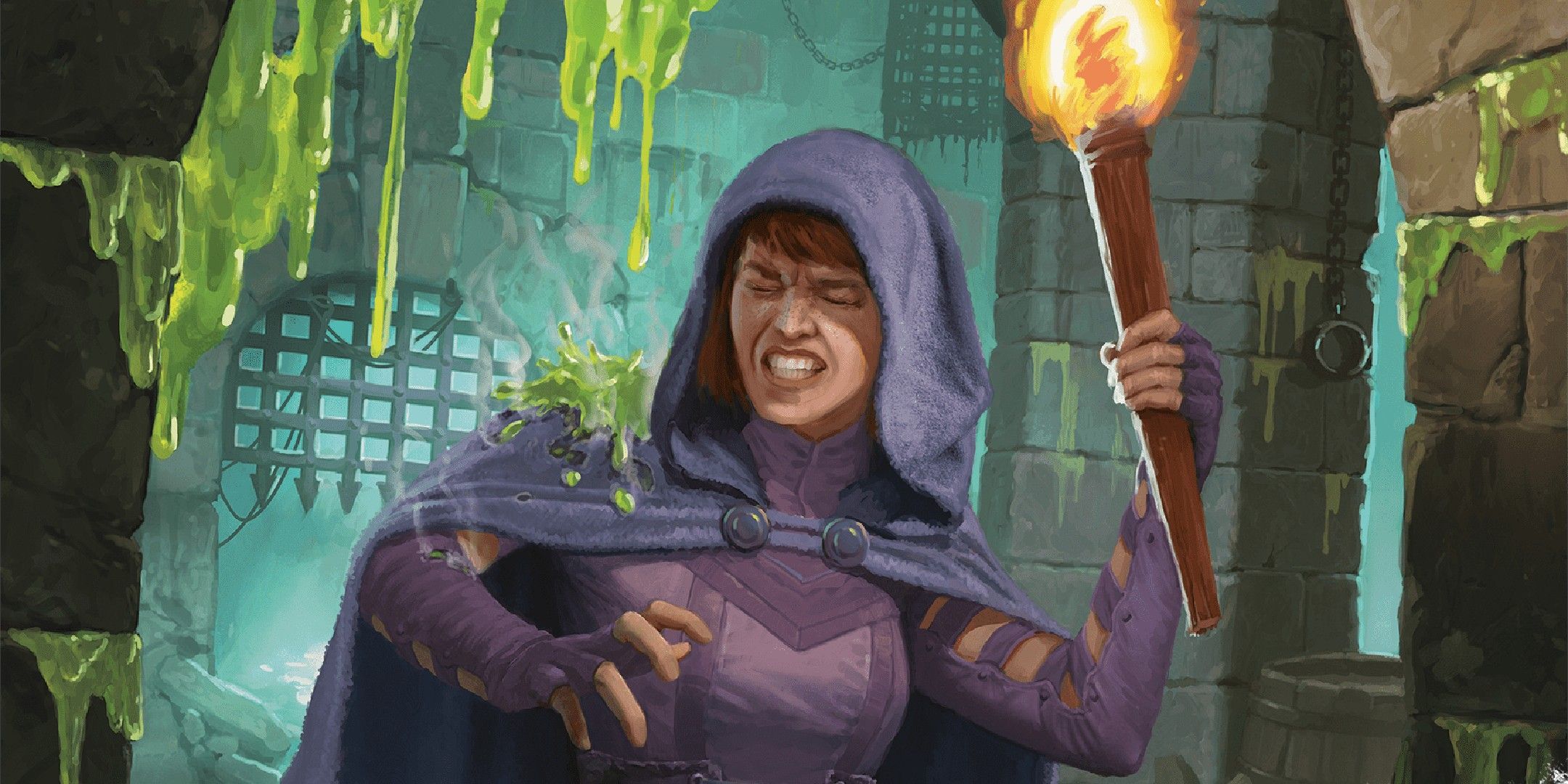
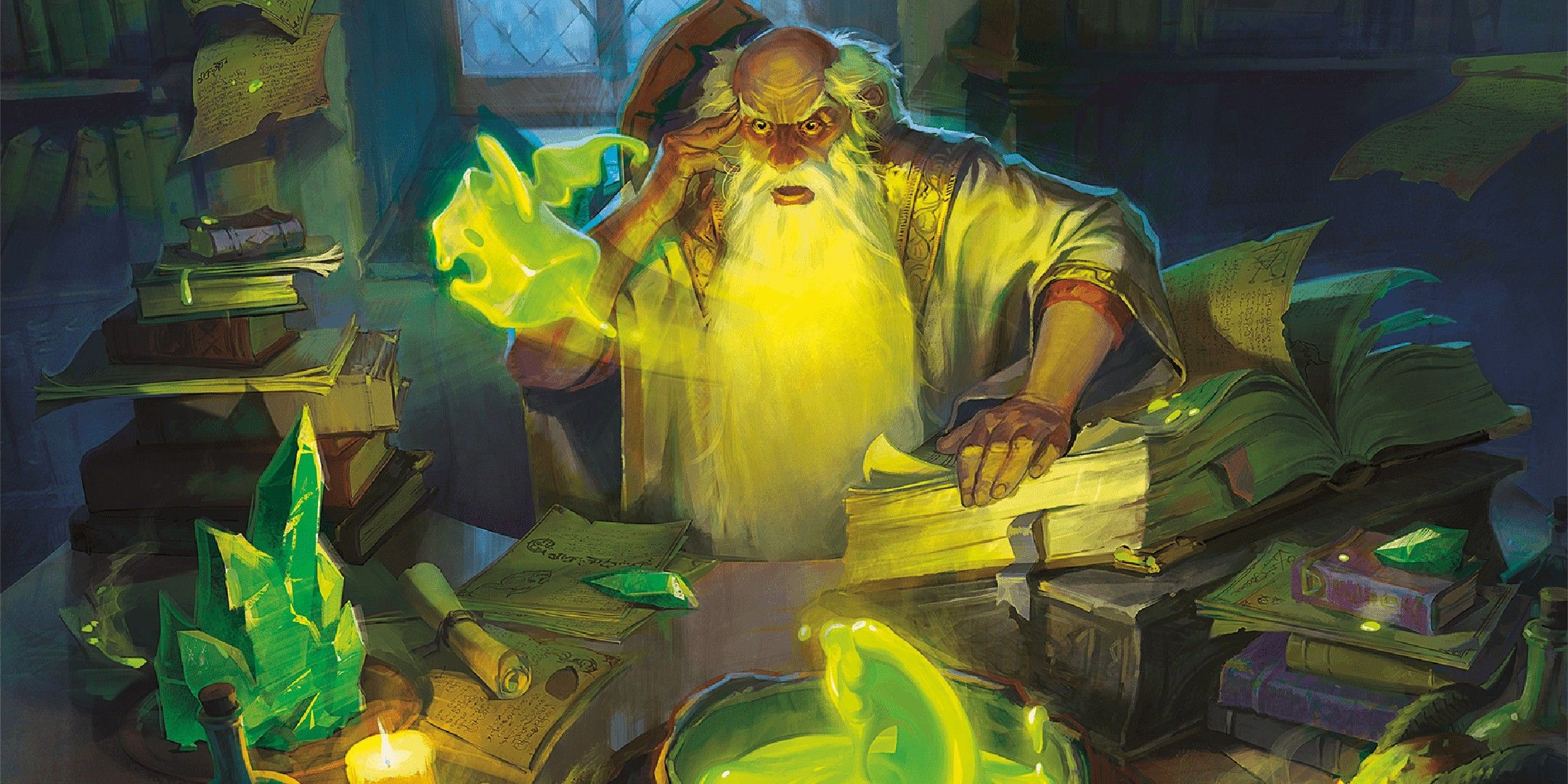
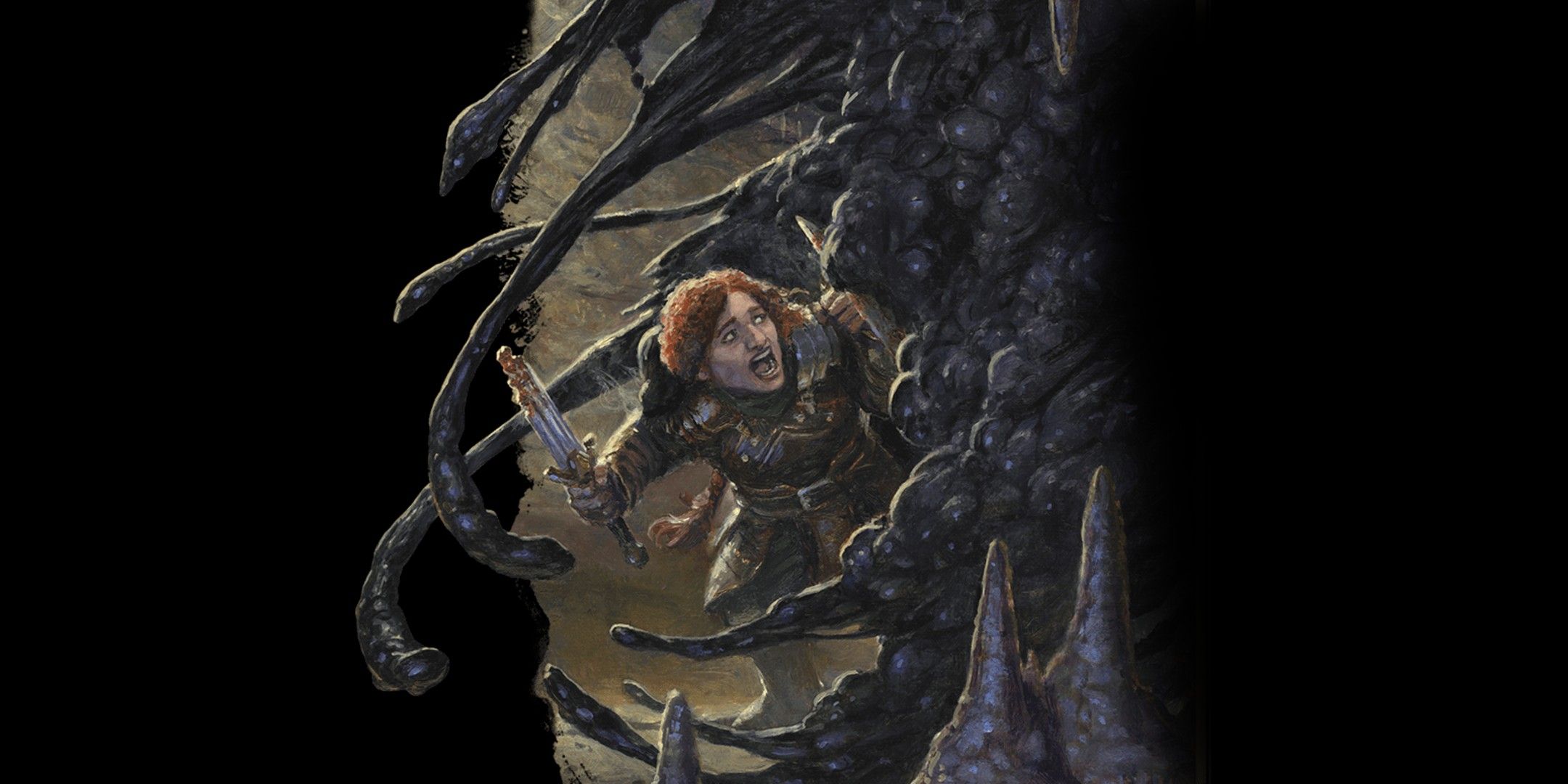
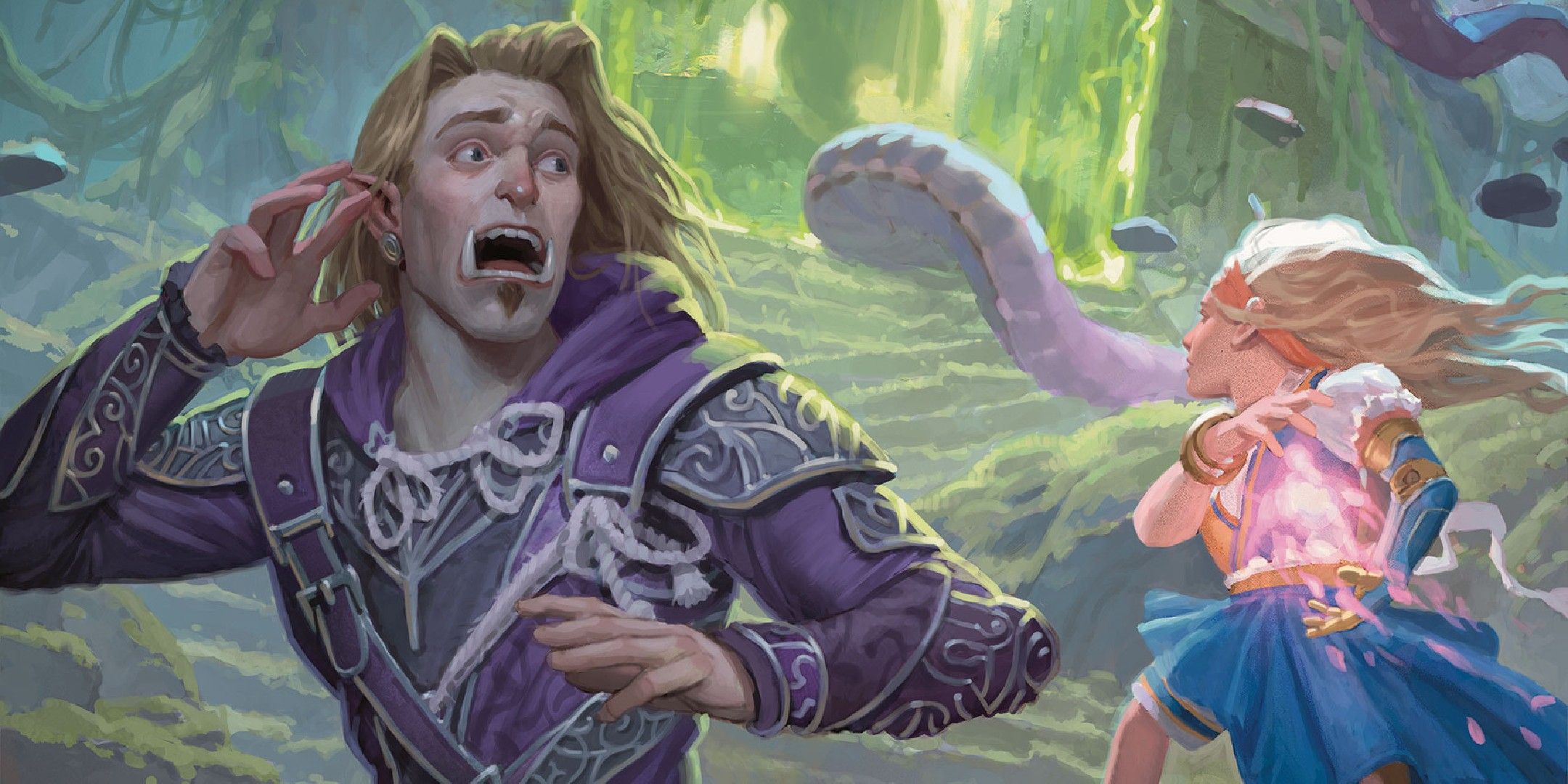
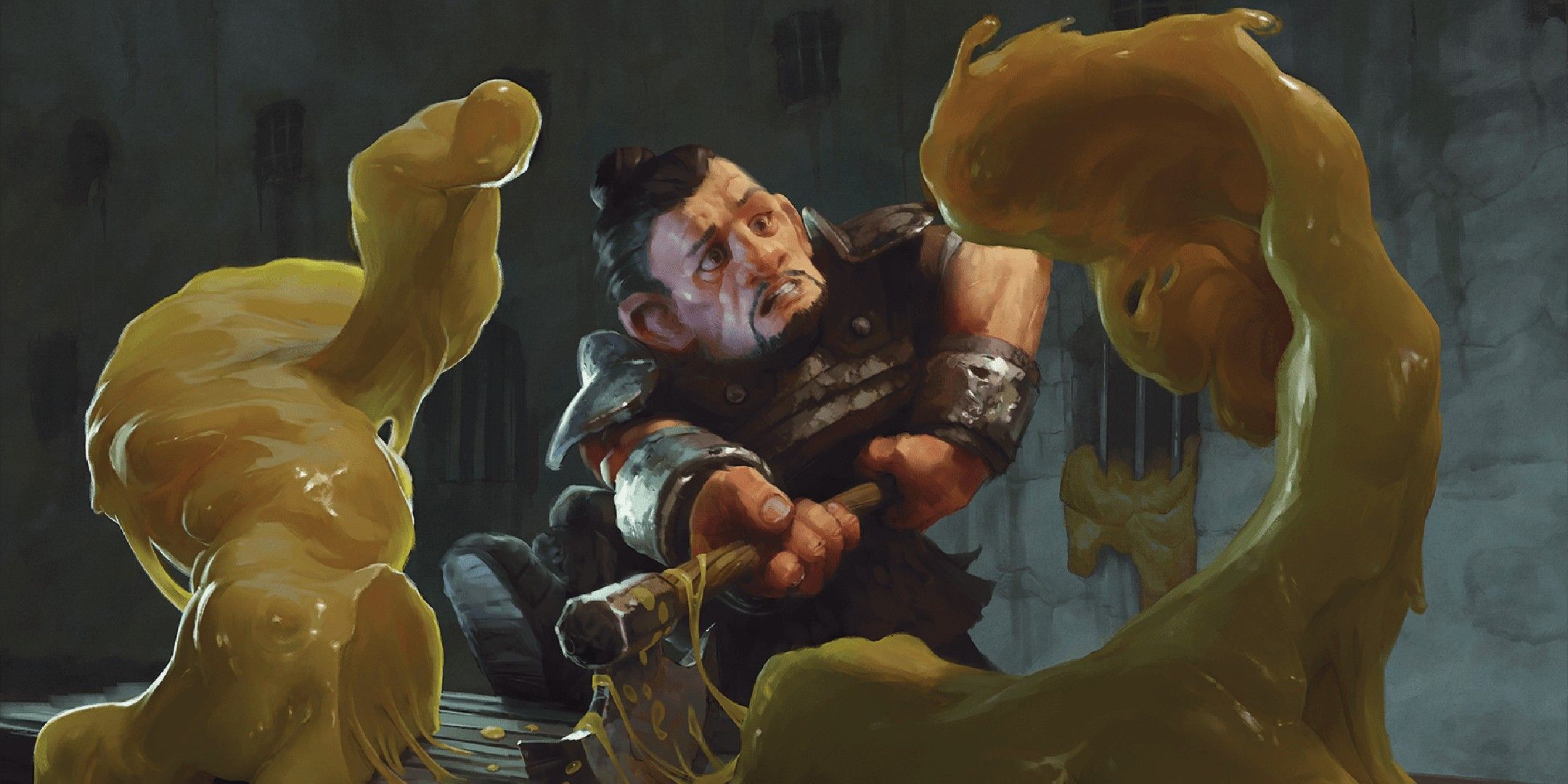
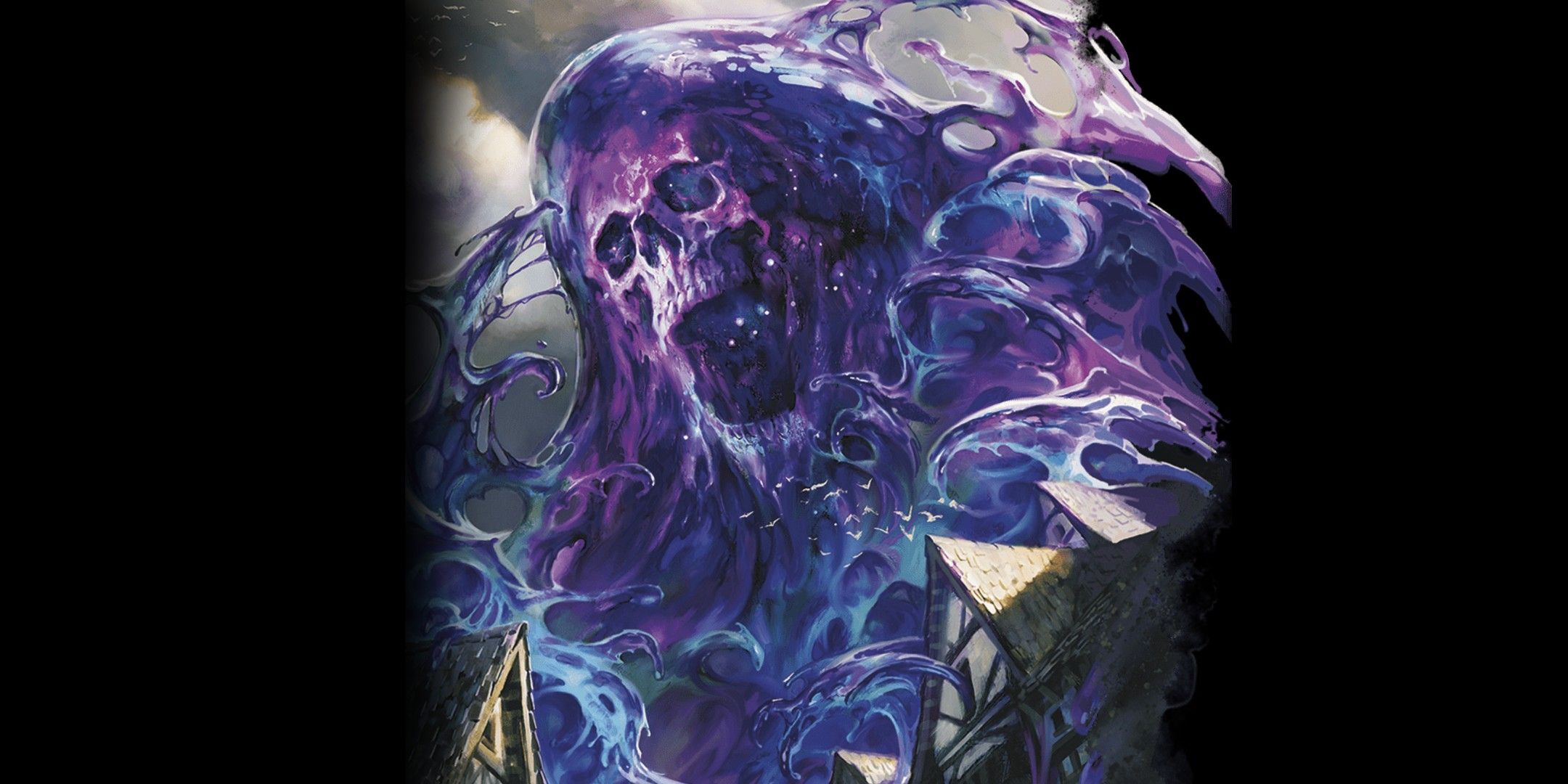
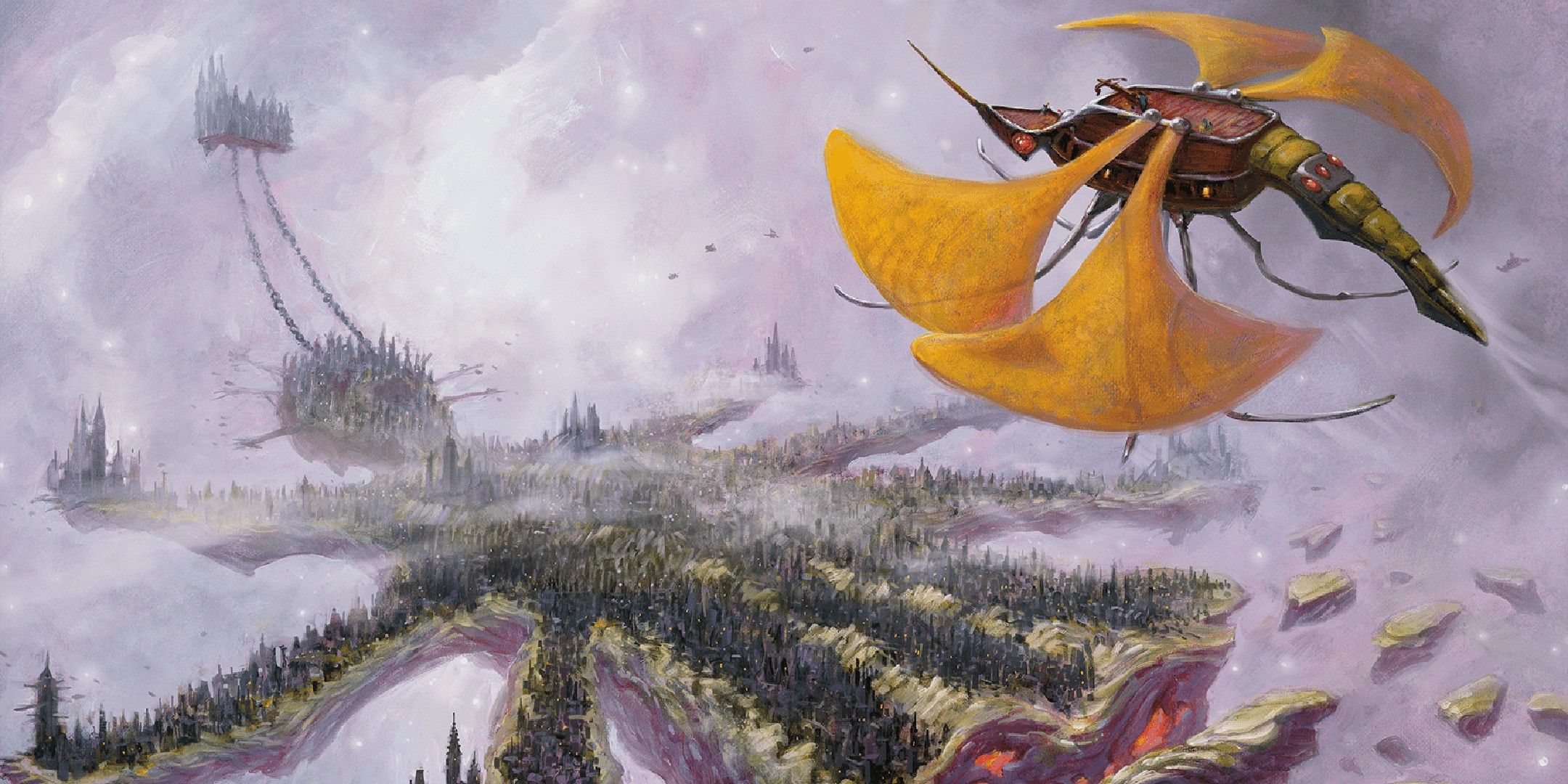
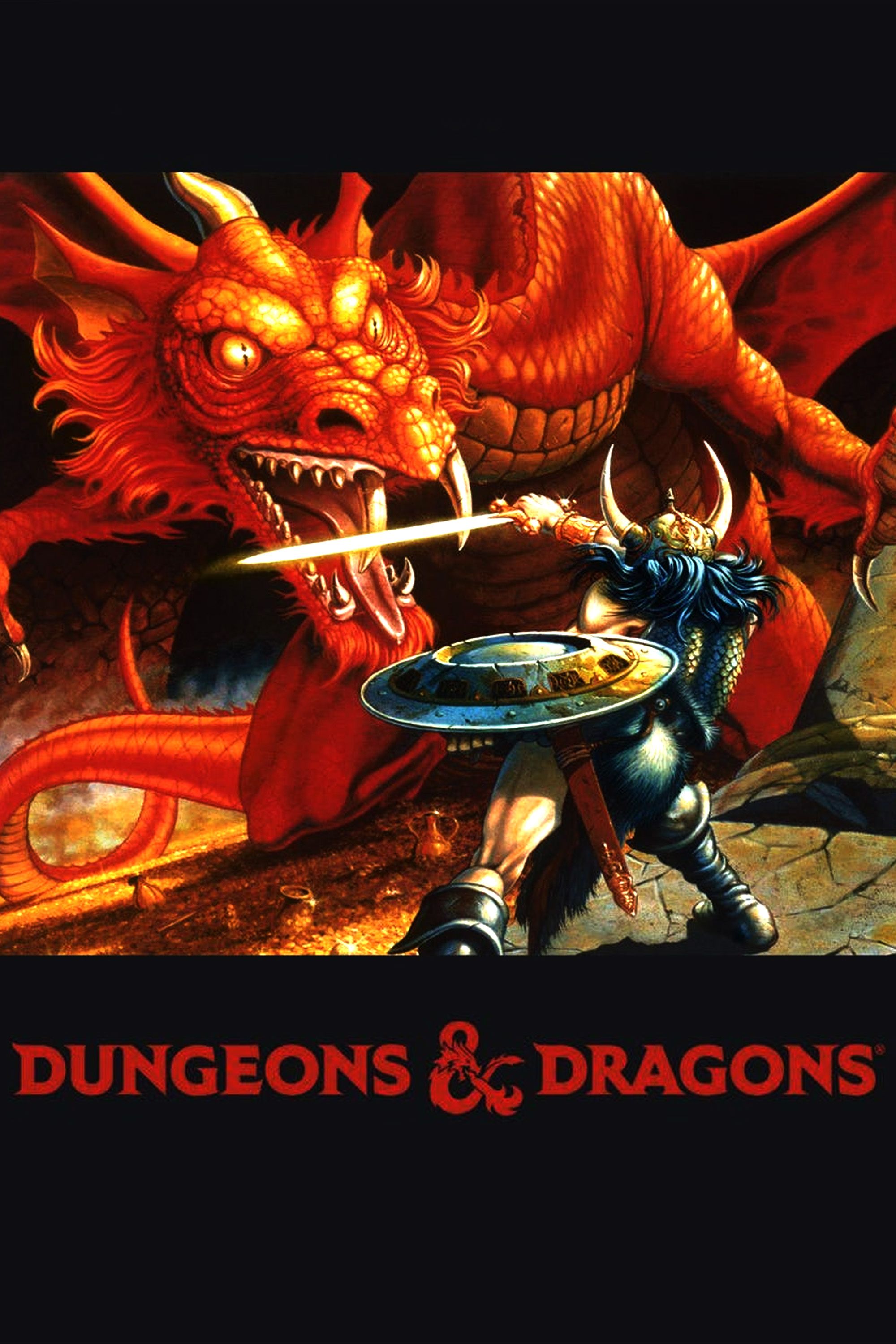
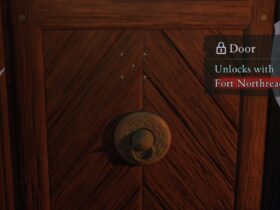
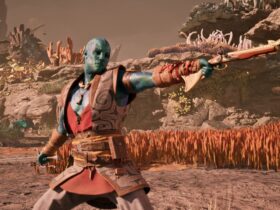

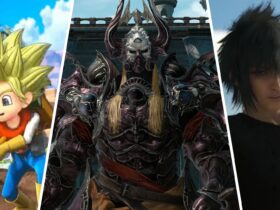
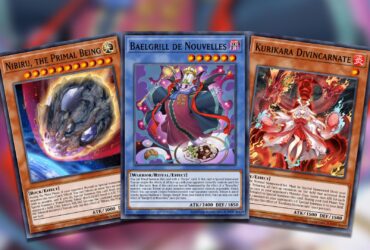
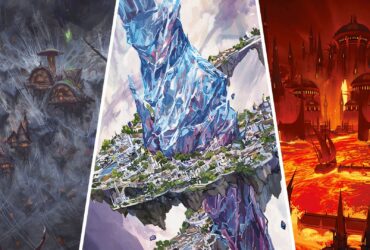

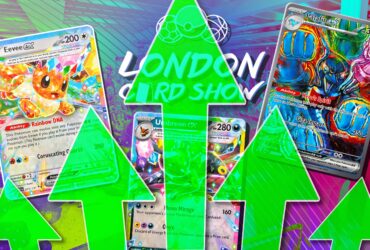
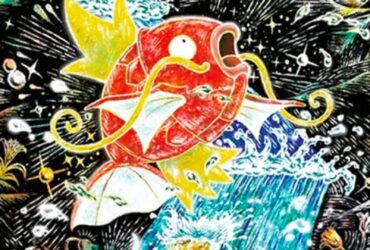

Leave a Reply